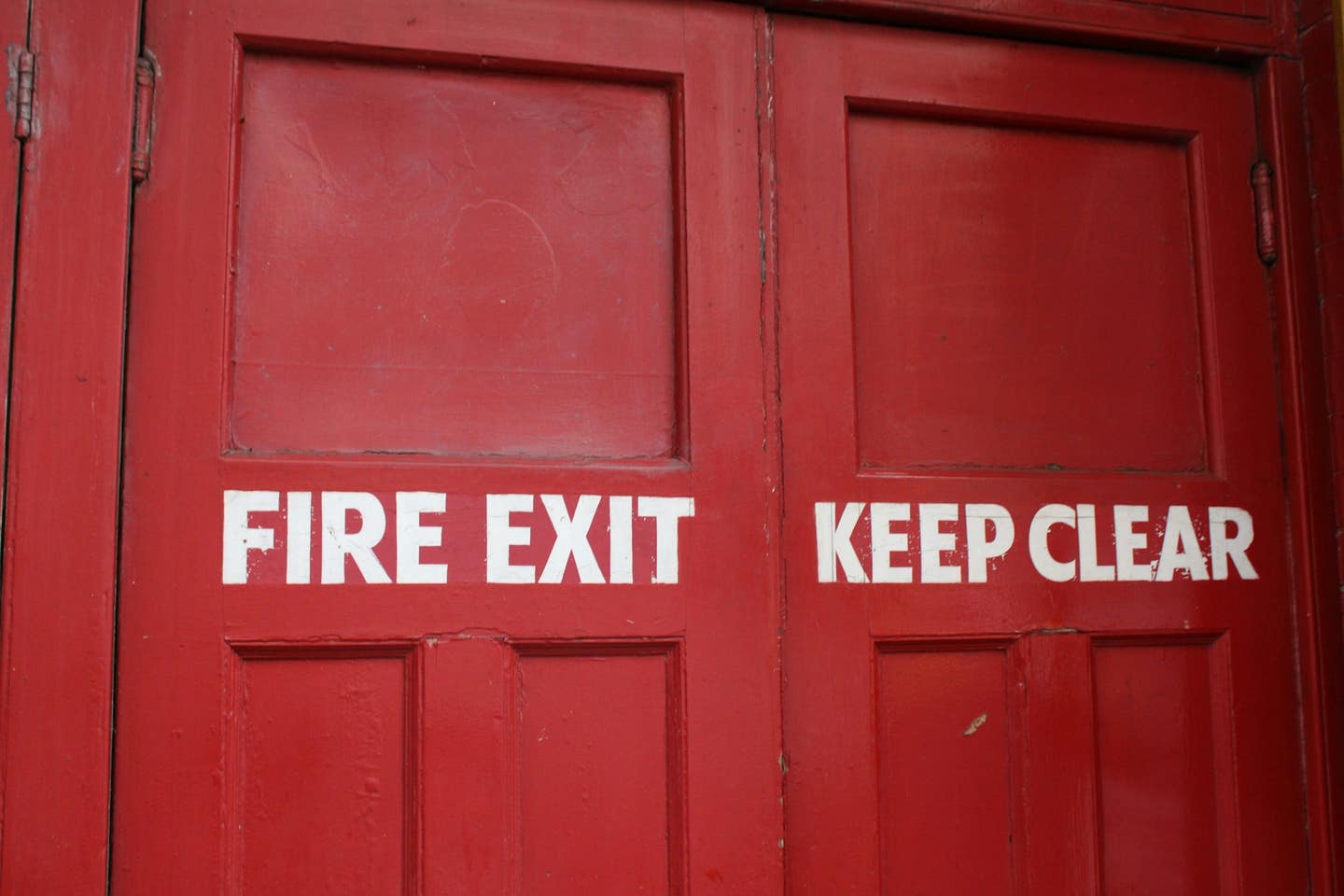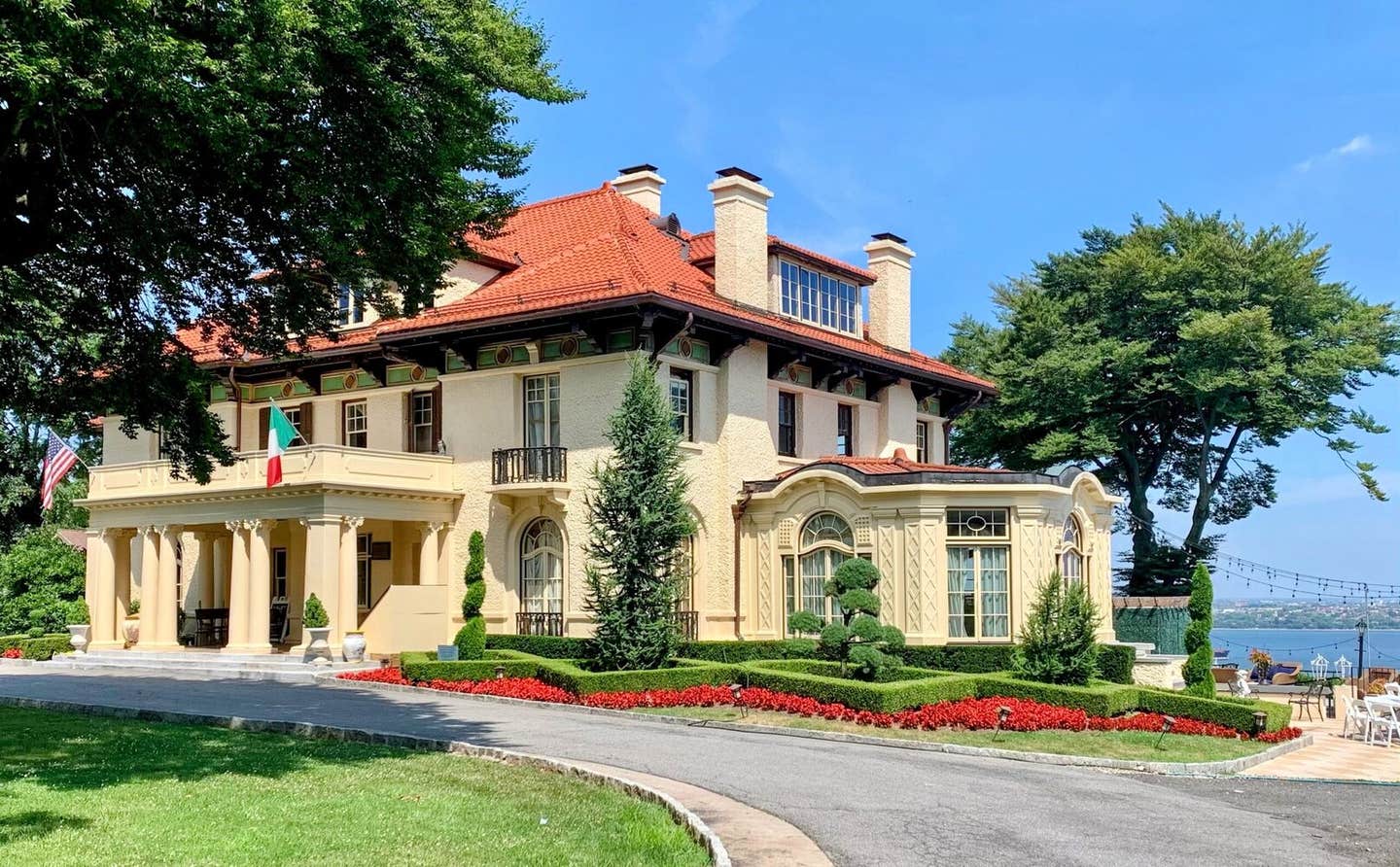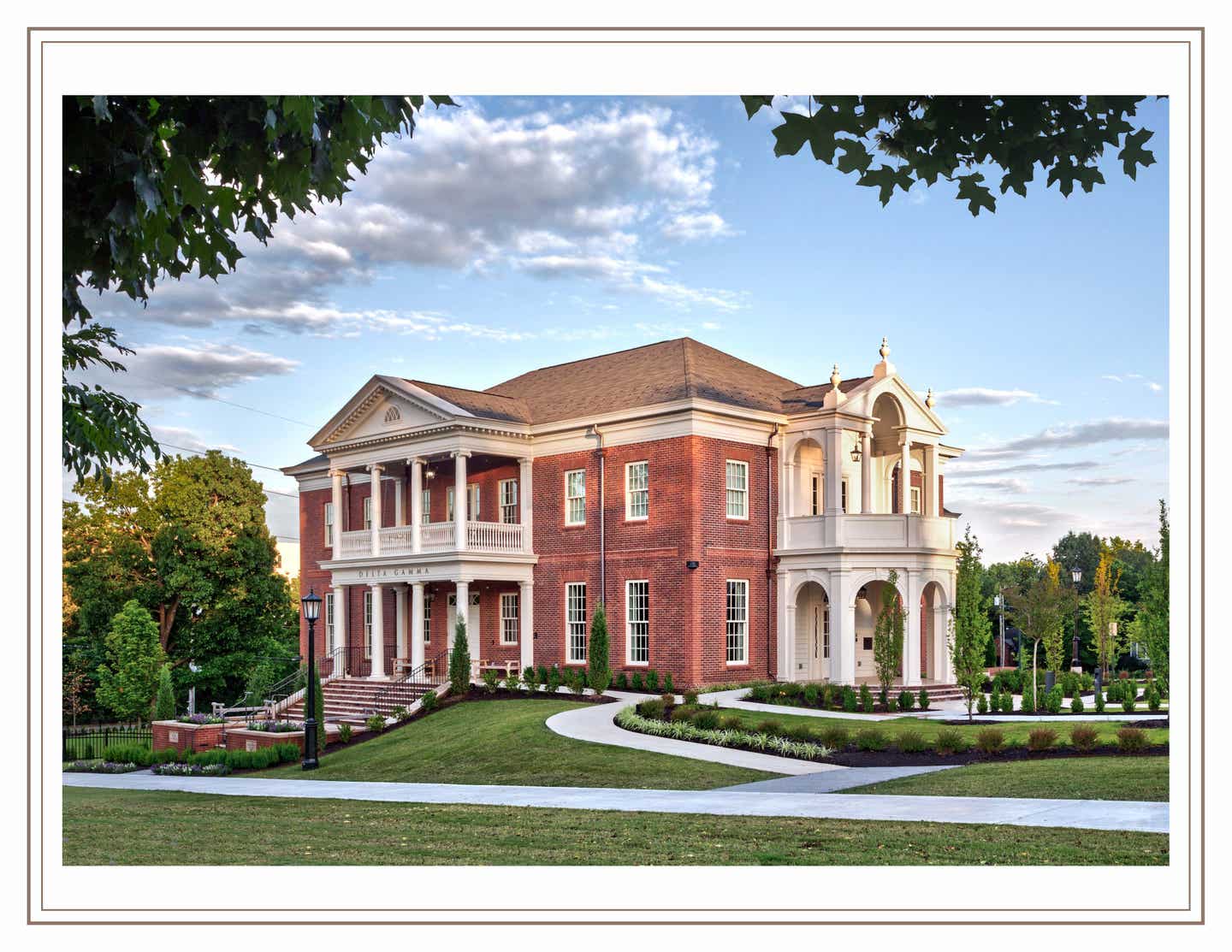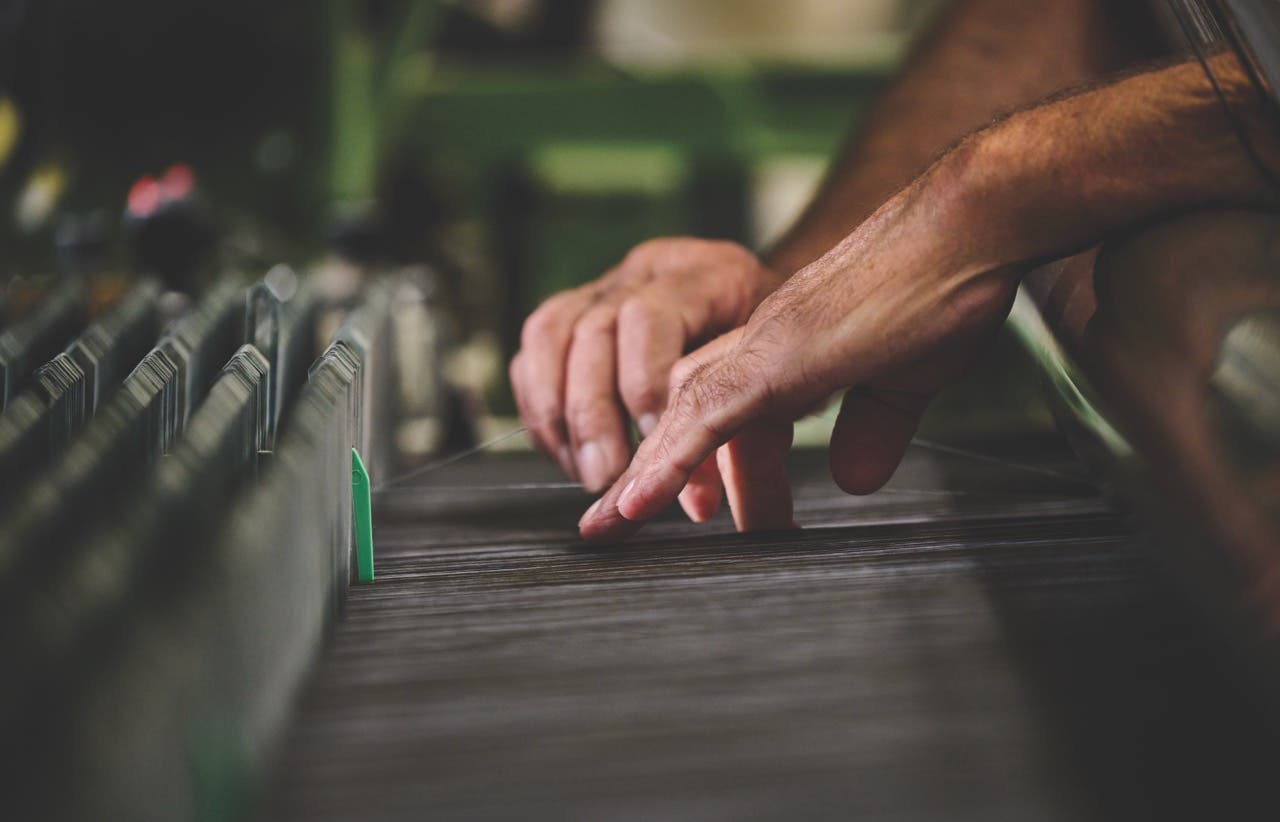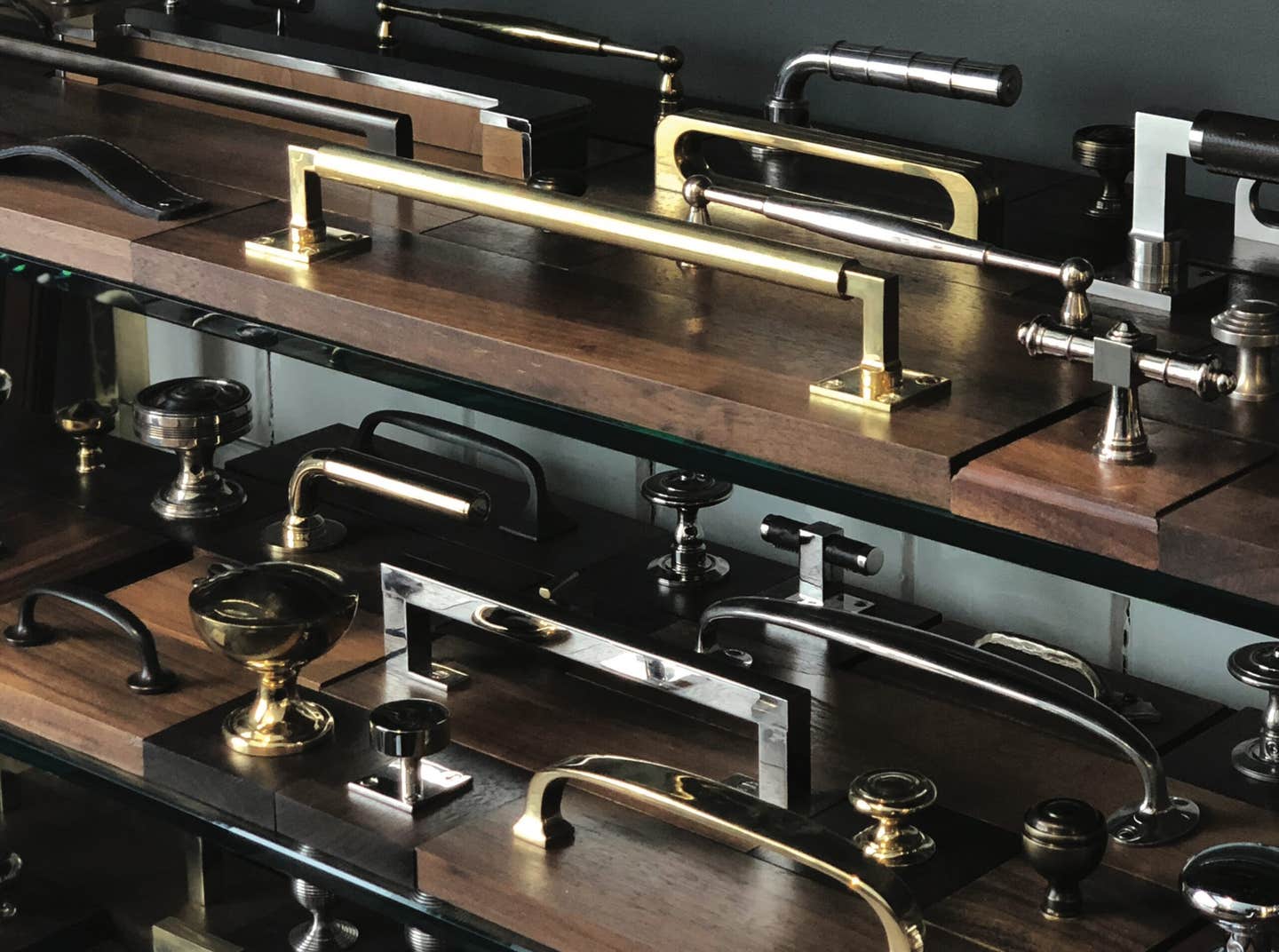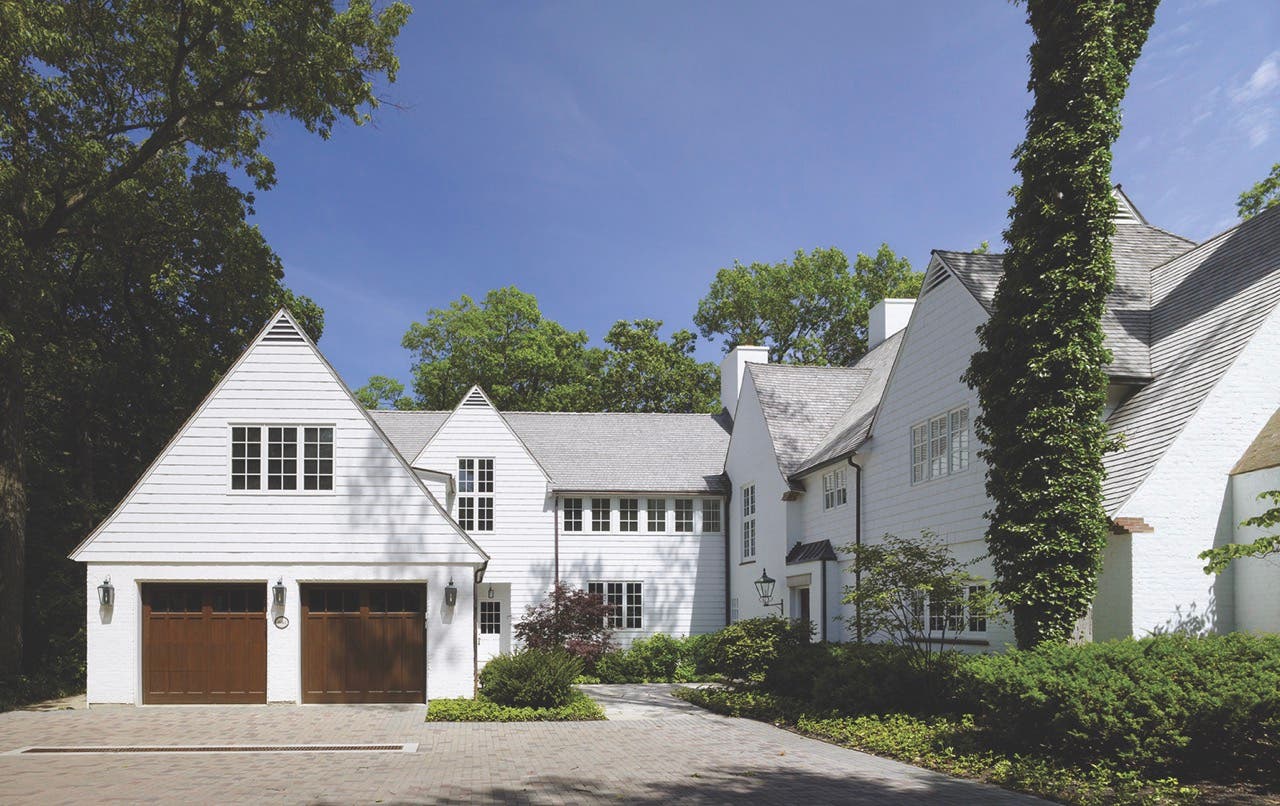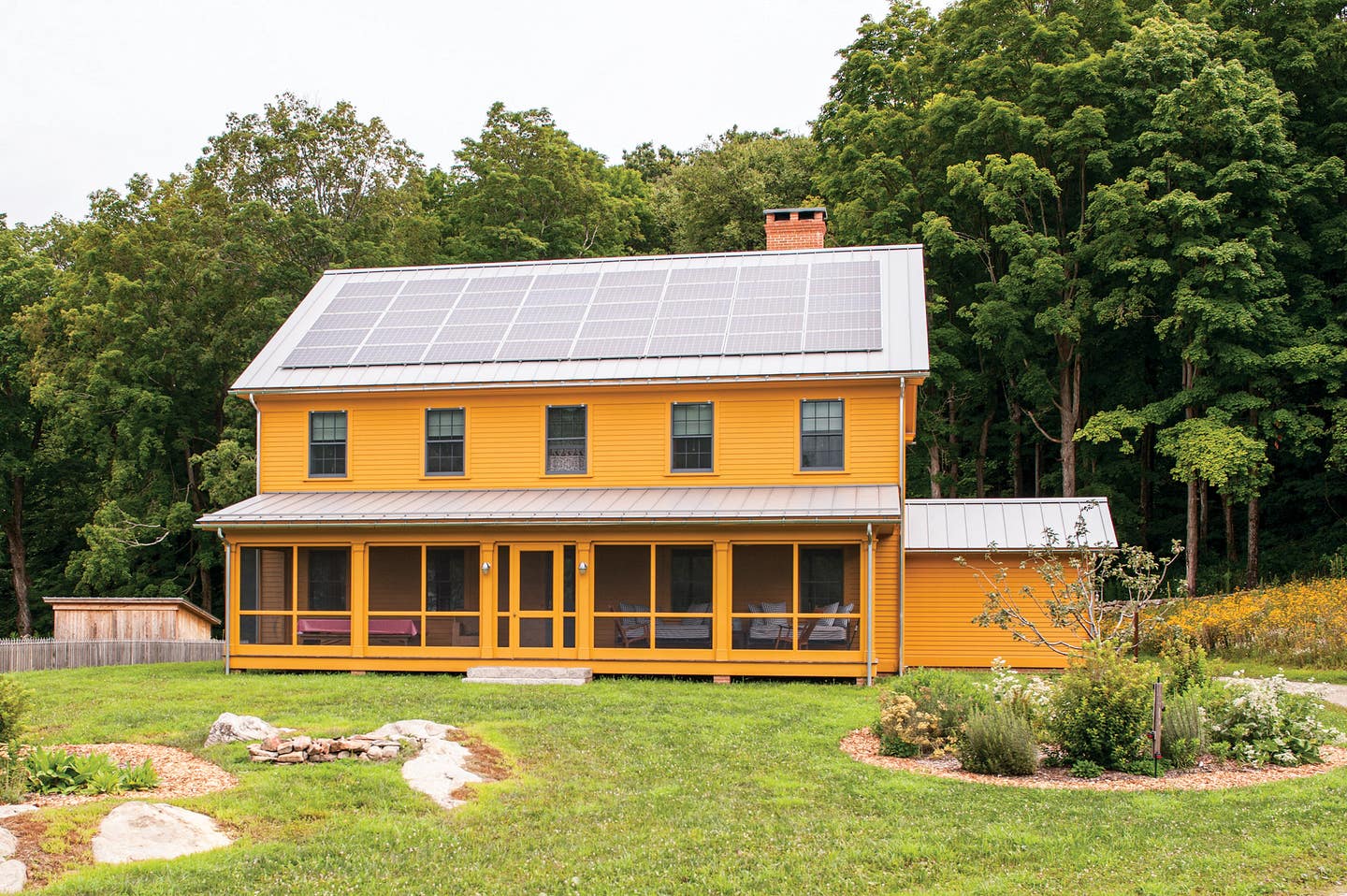
Product Reports
Carbon, Energy, and Building Conservation
Most homeowners want to go green to reduce energy consumption and save money. But how do architects and building professionals balance saving energy with building conservation? We turned to respected practitioners to ask their advice, and every architect interviewed stressed the importance of treating existing buildings holistically. After all, as architect Carl Elefante pointed out, “The greenest building is the one already built.”
Sandra Vitzthum, AIA, of Montpelier, Vermont, begins with a thorough conditions assessment. She believes that if a building’s underlying maladies go unfixed, any strategy for reducing energy consumption is bound to fail. She also asks owners a simple but profound question: Do you want to manage your behavior or technology?
Vitzthum believes in quality daylighting, for starters. “We can design spaces that maximize daylight and minimize the use of power,” she notes. Ensuring that buildings breathe properly is also vital; this maintains good air exchange and cuts down on moisture problems. The architect is concerned that some of the industry’s calculations do not adequately measure embodied carbon in historic buildings. “We know it’s there but quantifying it accurately is hard to do,” she explains.
Richard W. Off, AIA, of Hoffmann Architects, works on large-scale, multifamily commercial and institutional buildings, many in New York City. New York has passed stringent energy codes and other ordinances, including the recent Local Law 92/94, an aggressive take on a roof’s energy considerations. Roof replacement, façade repairs, cladding changes and window repair and replacement are recurring projects for Off. Like many in the industry, he strives to understand underlying moisture challenges. He’s been using dew point analysis to combat the threat of moisture and address condensation in his designs.
Jill Gotthelf, AIA, FAPT, is a principal with WSA | ModernRuins and a founding member of the Zero Net Carbon Collaboration (ZNCC) on Existing & Heritage Structures. Her practice concentrates primarily on heritage cultural institutions, houses of worship and multifamily residential buildings. In Gotthelf’s opinion, the discussion needs to shift from just energy conservation to reducing carbon footprints. She sees the increasing affordability of green renewable energy for both heat and power as the driver for improved environmental quality and reduced utility costs.
Diagnostics such as dew point analysis and understanding intrinsic benefits such as thermal lag, passive systems and materials science are essential to the decision-making process for energy upgrades, according to Gotthelf. She finds space utilization studies useful in reducing operational energy; they ensure that systems are sized appropriately. She also encourages people to learn about the ZNCC’s mission. The goal of this strategic alliance is to discourage working in isolation and to encourage sharing of work on energy, carbon reduction, and historic preservation.
Mike Jackson, FAIA, worked for the Illinois State Historic Preservation Office for many years and is now in private practice in Springfield, Illinois. He focuses on older downtown buildings, including the installation of housing on their upper floors. Jackson says that many historic buildings have good design in their favor.
“Downtown commercial buildings, with common party walls on the long sides, are particularly efficient in their orientation,” he relates. “Adequate roof insulation makes a big difference—I also like using movable cloth awnings for solar shading when needed. One of the first health and safety features regulated by building codes was the requirement of natural light and ventilation,” he continues. “As a result, most older houses have excellent daylighting.”
To combat heat loss, Jackson feels that storm windows have been overlooked. He also uses blower door tests as an analytical tool. He concludes: “Moving the definition of ‘net zero’ to the allowance of off-site renewables would be an excellent strategy for historic properties.”
Marilyn Kaplan, RA, FAPT, is in private practice in the Albany, New York, area. She and Mike Jackson are co-chairs of the Association for Preservation Technology’s technical code committee, and recently both participated in the AIA Historic Resources Committee‘s annual colloquium at Taliesin West. Kaplan specializes in small and mid-size historic buildings, including religious properties and museums, and the application of construction-related codes to historic properties. She has worked with the New York State Energy Research and Development Authority.
I interviewed Kaplan as the COVID-19 pandemic was hitting New York hard and on the same day the price of a barrel of U.S. oil dropped to approximately $20. The gravity of the pandemic prompted some deep reflection about its impact on construction and preservation specifically. She wondered about the role of existing buildings in our recovery, specifically in the context of climate change, and how the skill and knowledge of those working in traditional trades will fare in a slow or no-growth period. She also questioned whether or not society is willing to modify individual behaviors—and perhaps comfort levels—versus continuing to rely on technology to solve energy and carbon issues.
Kaplan recalled that, in the face of rising oil prices and a national effort to conserve oil, President Jimmy Carter once told us to “put on a sweater.” It feels like we need to button that sweater today.
My next installment will feature some case studies of successful energy conservation and carbon reduction projects for historic and existing buildings.
Judy L. Hayward spends her days pursuing a passion for historic architecture and the ways in which it can be reused to sustain and grow healthy communities. She develops courses in partnership with builders, architects, traditional craftspeople and others to teach both historic preservation and traditional building skills. She has one foot in the nonprofit world as executive director of Historic Windsor and the Preservation Education Institute and the other foot in the world of media and information services as education director for the Traditional Building Conference Series and Online Education Program.




